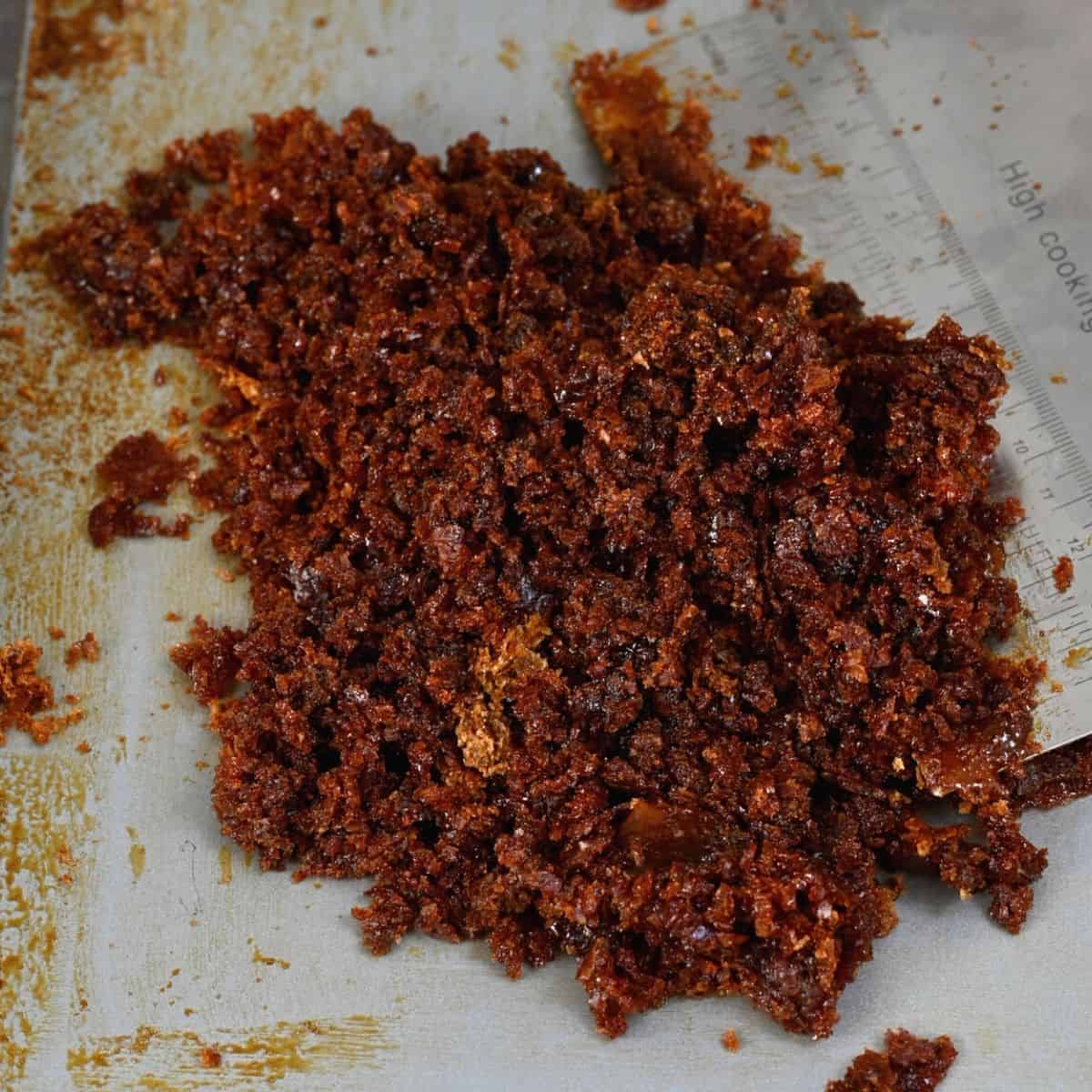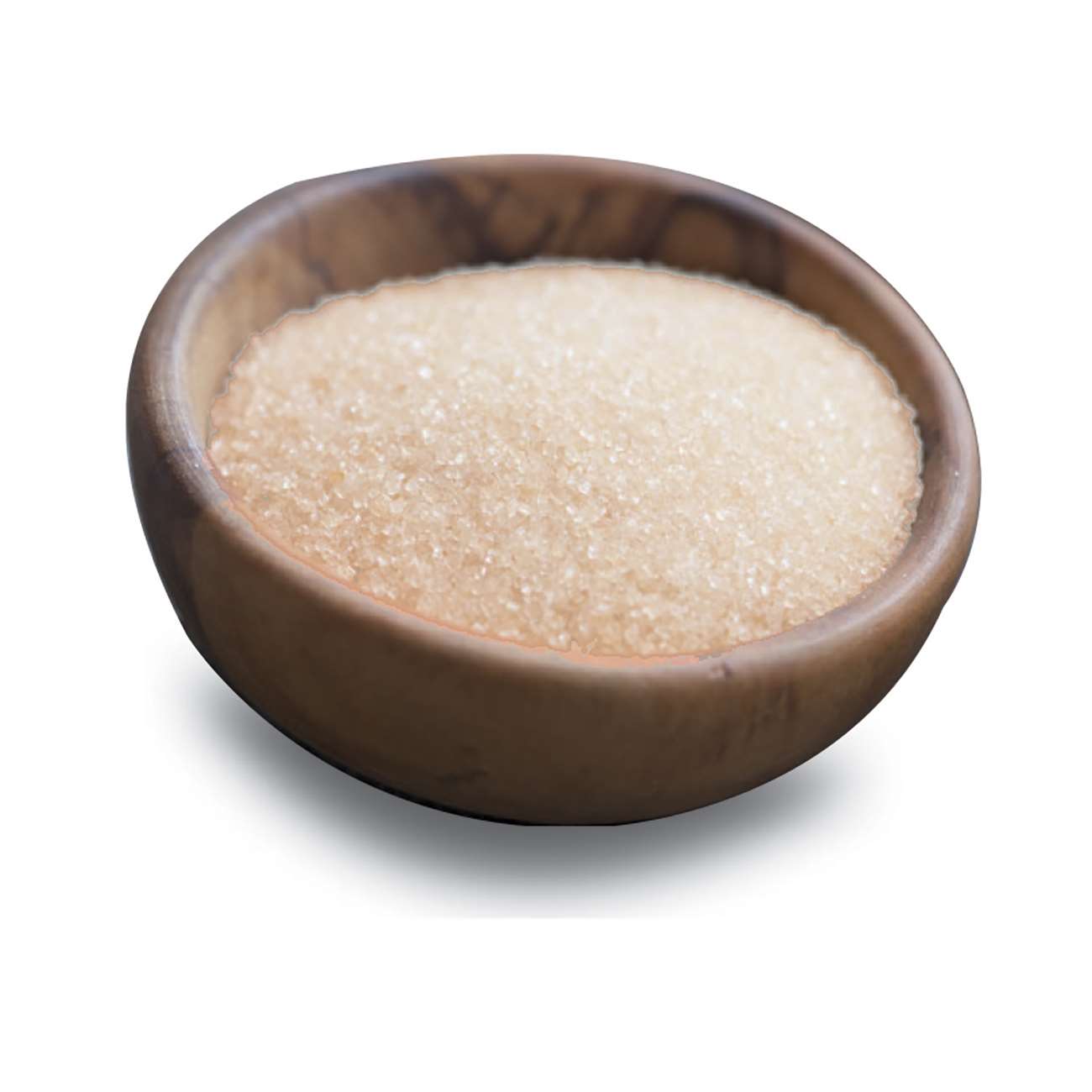Cane Sugar Processing: Ingenious Strategies for Quality Manufacturing
Wiki Article
A Comprehensive Guide to the Environmental Effect and Sustainability Practices in Cane Sugar Processing
The environmental effect of walking cane sugar processing presents an intricate variety of challenges that warrant mindful examination. From soil destruction and excessive water usage to the carbon impact connected with cultivation and manufacturing, the repercussions of typical practices are far-ranging. In comparison, the fostering of innovative sustainability measures offers a pathway towards much more accountable manufacturing methods. Understanding the interaction in between these problems is critical for stakeholders in the sector. What specific methods can be applied to strike a balance in between productivity and ecological stewardship? The answers exist in a closer consider both the challenges and potential remedies.Review of Cane Sugar Handling
Walking cane sugar processing includes a collection of methodical steps that change sugarcane into refined sugar. At first, collected sugarcane is carried to processing centers, where it undertakes cleaning to eliminate soil and particles. Following this, the walking stick is crushed to extract juice, which is then made clear by eliminating pollutants via home heating and the addition of lime.The clarified juice undertakes evaporation, where water is eliminated to focus the sugar web content. These crystals are divided from the continuing to be syrup utilizing centrifugation, resulting in raw sugar.
The final item is then dried and packaged for circulation. Throughout this whole procedure, preserving efficiency and quality assurance is vital to make certain the sugar fulfills industry requirements. Each step in walking stick sugar handling not just contributes to the final product but likewise has ramifications for source use and waste generation, establishing the stage for conversations on sustainability and ecological impacts linked with sugar manufacturing.
Ecological Challenges of Manufacturing
The manufacturing of walking cane sugar presents numerous significant ecological difficulties that warrant attention. One primary issue is the substantial use agrochemicals, consisting of chemicals and plant foods, which can result in soil destruction, biodiversity loss, and contamination of regional water sources. The drainage from sugarcane areas often lugs these chemicals into close-by communities, disrupting aquatic life and affecting the wellness of neighborhoods reliant on these water bodies.An additional challenge is the high power usage associated with sugarcane handling. The boiling and refining phases need substantial warmth, primarily produced by burning nonrenewable fuel sources, contributing to greenhouse gas discharges. Additionally, the large land location needed for sugarcane growing can result in logging and habitat destruction, further worsening environment modification and threatening wild animals.
In addition, the labor practices in some areas elevate honest worries, as workers might face bad working problems and inadequate earnings. This situation commonly continues a cycle of poverty in regional communities. Cane Sugar Processing. Addressing these environmental obstacles is vital for creating a lot more sustainable techniques in cane sugar manufacturing, ultimately profiting both the atmosphere and the neighborhoods associated with this market
Water and Land Usage Effect
Water sources and land application are essential elements in the walking cane sugar market that significantly impact the setting. The cultivation of sugarcane calls for substantial water input, with quotes suggesting that it can take in up to 2,000 liters of water per kilo of sugar produced. This intensive use water typically results in exhaustion of local water resources, affecting not just the sugarcane haciendas yet likewise surrounding ecosystems and neighborhoods that count on the same water resources for farming and residential use.
Moreover, land use for sugarcane cultivation can result in logging and the conversion of natural habitats into monoculture vineyards. This practice reduces biodiversity, interrupts regional ecological communities, and adds to soil degradation. The expansion of sugarcane areas usually intrudes on valuable farming land, creating competitors for resources between food and biofuel manufacturing.
Sustainable techniques, such as maximizing watering methods and executing crop turning, are vital to minimize these effects. By taking on much more reliable water usage and land monitoring techniques, the cane sugar sector can reduce its eco-friendly footprint, making sure an equilibrium in between farming performance and environmental conservation.
Greenhouse Gas Emissions
Greenhouse gas emissions stand for a substantial ecological issue within the cane sugar handling sector, specifically as agricultural methods increase to meet worldwide need. The cultivation of sugarcane, a plant that flourishes in tropical climates, depends heavily on synthetic plant foods and chemicals, which contribute to nitrous oxide emissions. Additionally, land-use changes, including logging for brand-new sugarcane vineyards, release co2 kept in greenery and soil.During handling, power consumption is one more major source of greenhouse gas discharges - Cane Sugar Processing. Numerous sugar mills use fossil fuels to power equipment and create heat, causing substantial carbon footprints. In addition, the transport of raw sugarcane and completed products adds layers of emissions through gas burning in automobiles
This includes evaluating present farming techniques, refining methods, and transportation systems to determine locations for enhancement and mitigation. Attending to greenhouse gas emissions is essential for fostering a much more sustainable cane sugar industry in a transforming environment.

Sustainable Practices and Innovations
Sustainable practices and technologies are significantly essential in the walking stick sugar handling sector as stakeholders look for to decrease ecological influences while maintaining efficiency. One substantial development is the application of integrated crop monitoring, which optimizes resource click now usage by incorporating dirt administration, parasite control, and crop rotation techniques. This approach improves yield while minimizing chemical inputs and preserving soil health.Additionally, the adoption of renewable resource Read More Here resources, such as biomass from sugarcane deposits, has gained grip - Cane Sugar Processing. By transforming waste products right into power, processing centers can reduce their reliance on fossil gas, therefore reducing greenhouse gas exhausts
Water administration techniques have likewise seen improvements with the recycling and reusing of water in processing plants, considerably reducing freshwater intake. Technologies in innovation, such as precision farming, allow farmers to monitor crop health and source use much more properly, ensuring sustainable growing practices.
Furthermore, certification programs like Fair Trade and Rain forest Alliance urge environmentally accountable farming practices and promote social equity within the supply chain. By embracing these lasting methods and technologies, the walking stick sugar handling market can improve its strength and contribute positively to environmental stewardship.
Final Thought
The ecological influence of walking cane sugar handling provides substantial challenges, including dirt deterioration, high water consumption, and greenhouse gas exhausts, together with moral concerns associated to labor practices. Dealing with these issues via lasting techniques, such as incorporated plant administration, renewable resource fostering, and water recycling, is essential. By advertising environmentally responsible and socially fair approaches in sugar production, the industry can reduce its damaging results, guaranteeing an extra lasting future for both ecological communities and areas included in this sector.Walking stick sugar handling includes a collection of systematic steps that change sugarcane right into polished sugar. Each step in walking stick sugar processing not only contributes to the last product but likewise has effects for resource usage and waste generation, setting the phase for conversations on sustainability and ecological influences associated with sugar production.
Greenhouse gas discharges represent a significant environmental concern within the walking stick sugar handling industry, specifically as farming practices expand to satisfy global demand.Lasting techniques and innovations are significantly vital in the walking stick sugar handling sector as stakeholders look for to minimize ecological effects while preserving efficiency.The environmental effect of More Help walking stick sugar processing provides significant obstacles, consisting of dirt destruction, high water usage, and greenhouse gas emissions, along with moral worries associated to labor techniques.
Report this wiki page